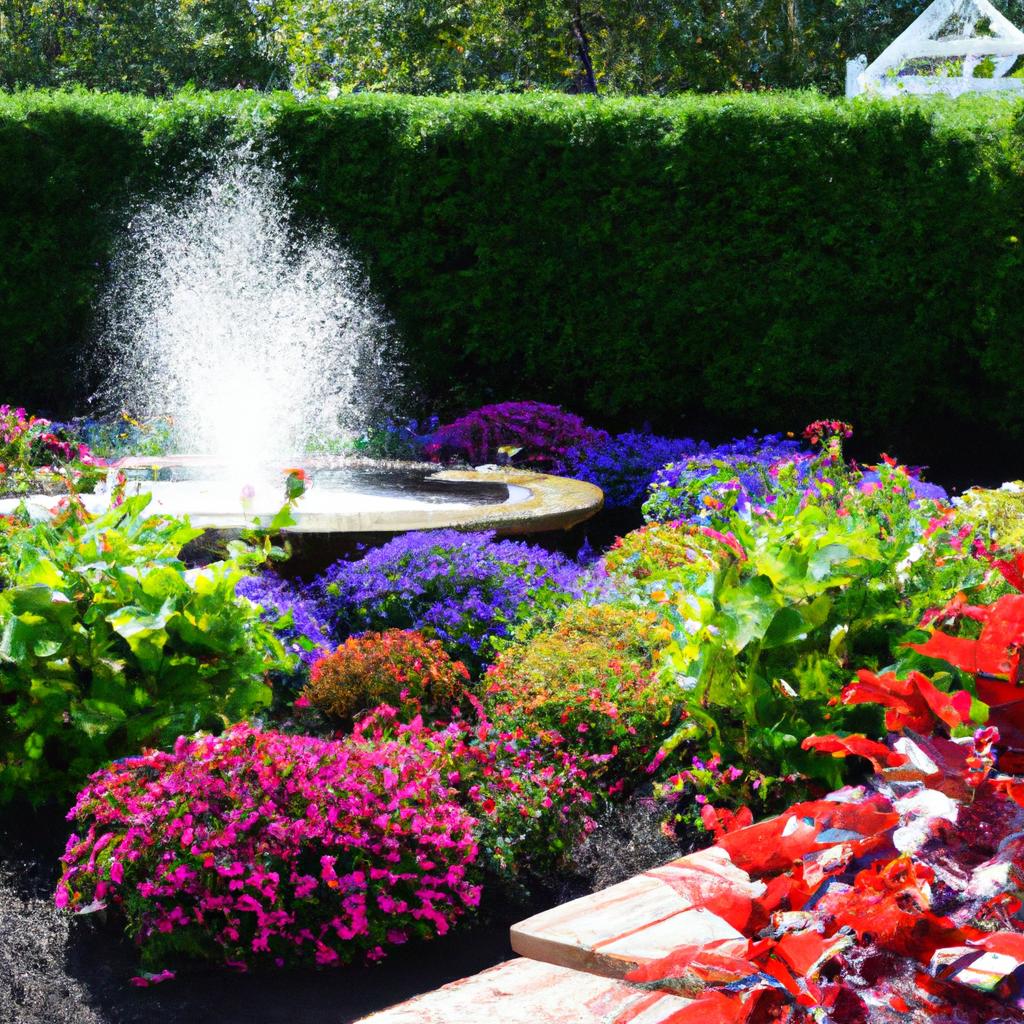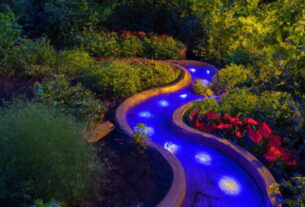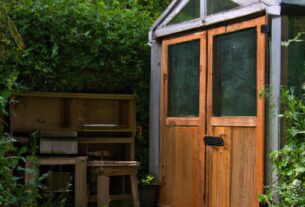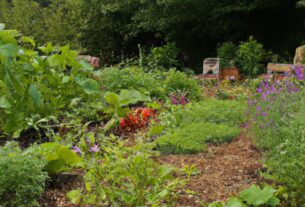Gardens are a photographer’s paradise, offering a wealth of vibrant flowers, trees, and foliage that provide endless inspiration for capturing breathtaking images. Whether you’re an amateur or a professional photographer, there are several tips and tricks you can employ to enhance your garden photography skills and take your photos to the next level.
Introduction to Garden Photography
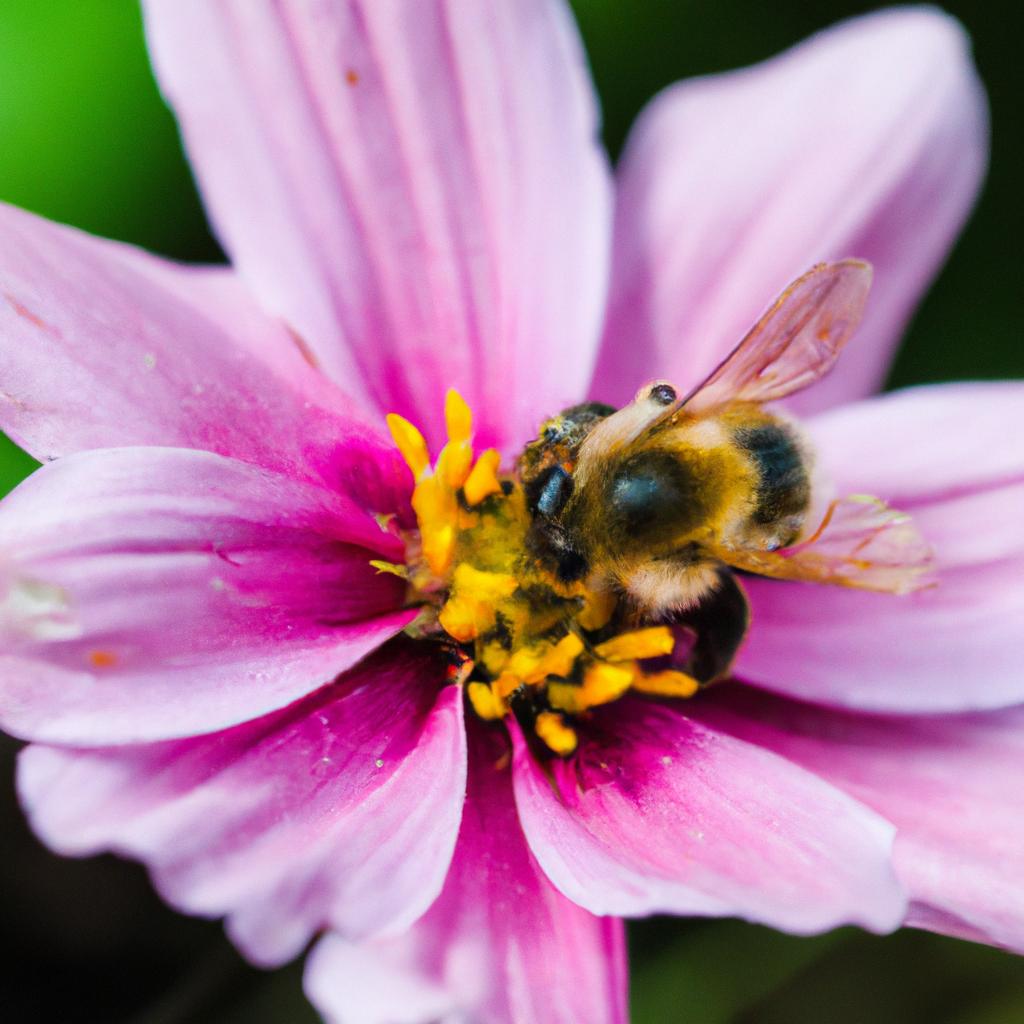
Garden photography is a specialized genre that involves capturing images of plants, flowers, and other natural elements found in gardens. It requires a keen eye for detail, patience, and a good understanding of lighting and composition. Garden photography can be challenging as the subject matter is often complex and intricate, demanding attention to detail.
To capture stunning garden photos, you need the right equipment, knowledge of setting up your shot, and the ability to manipulate light and shadow effectively. The following tips and tricks will help you take beautiful garden photos that capture the essence of nature.
Equipment for Garden Photography
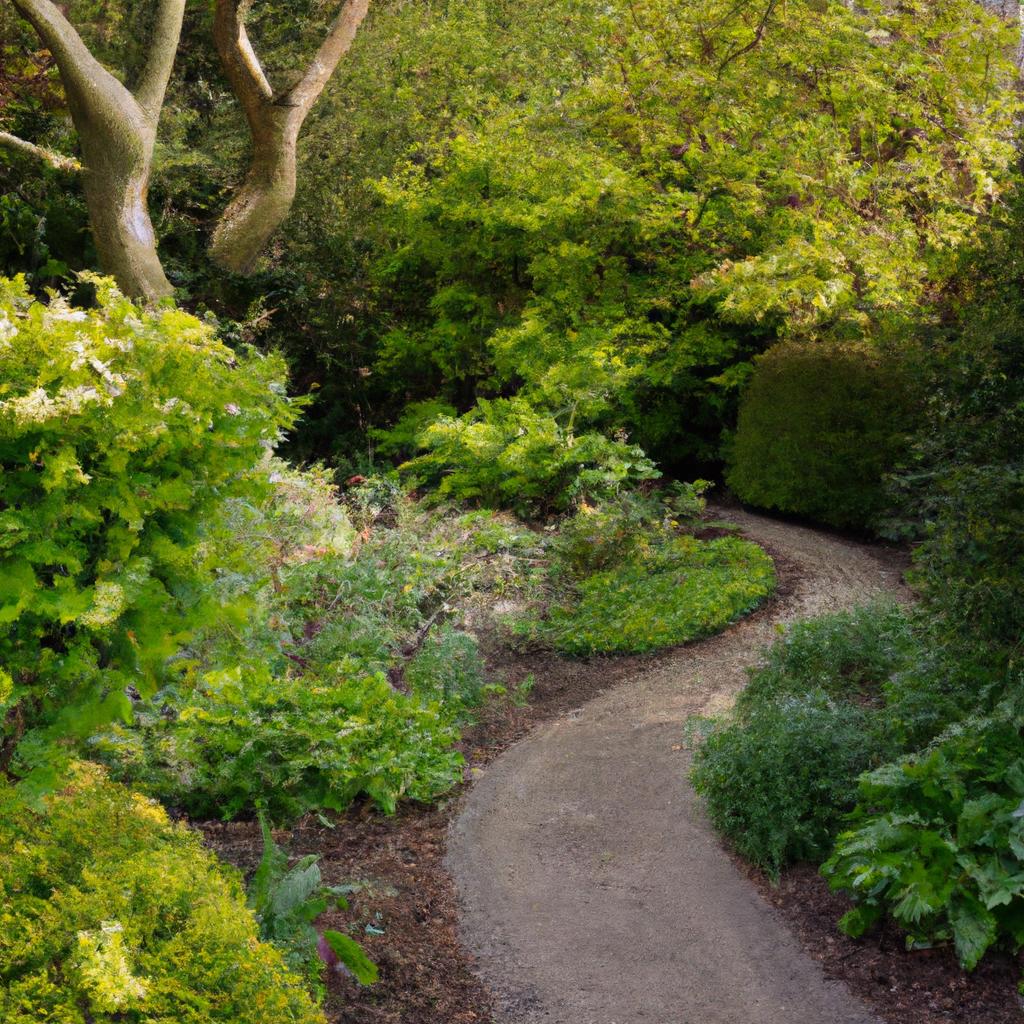
Having the right equipment is essential for capturing stunning garden photos. Here are some essential pieces of equipment you’ll need for garden photography:
Camera
The camera is undoubtedly the most important tool for any photographer. Whether you use a DSLR or a mirrorless camera, make sure it has a high-resolution sensor, good low-light performance, and a fast autofocus system.
Lenses
Choosing the right lens is crucial for garden photography. A wide-angle lens can capture the vast expanse of a garden, while a telephoto lens allows you to zoom in on specific details like flower petals. A macro lens is perfect for capturing close-up shots of flowers and plants.
Tripod
A tripod provides stability for your camera, allowing you to take longer exposures without camera shake. Look for a sturdy tripod that can support the weight of your camera and lens.
Filters
Filters can enhance your garden photos significantly. A polarizing filter reduces glare and reflections, while a neutral density filter helps achieve longer exposures and a dreamy effect. A close-up filter is useful for capturing detailed shots of flowers and plants.
Other Accessories
Other helpful accessories for garden photography include a remote shutter release, a flash, and a reflector. A remote shutter release allows you to take photos without touching the camera, reducing the risk of camera shake. A flash can illuminate your subject in low-light conditions, while a reflector helps bounce light onto the subject for a more even lighting effect.
Lighting Techniques for Garden Photography
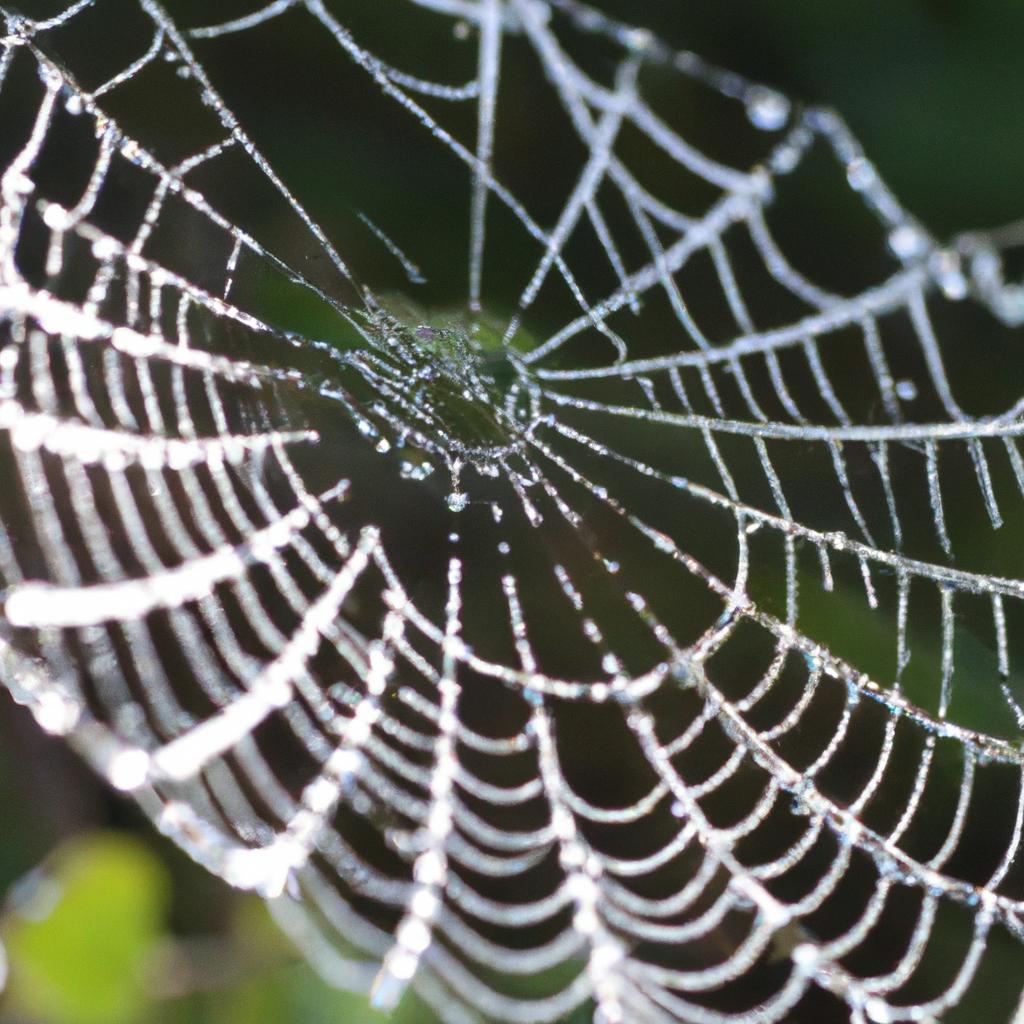
Lighting is one of the most critical elements in garden photography. It can make the difference between an ordinary photo and an extraordinary one. Here are some lighting techniques that can enhance your garden photos:
Golden Hour
The golden hour, just after sunrise or before sunset, offers soft and warm light that creates a beautiful golden glow. This time is ideal for garden photography, as the low angle of the sun provides long shadows and adds depth to your photos.
Overcast Days
Overcast days are great for garden photography due to the soft, diffused light that reduces harsh shadows and highlights. This lighting is beneficial for capturing close-up shots of flowers and plants without blowing out the highlights.
Backlighting
Backlighting involves positioning your subject between the camera and the sun, creating a beautiful halo effect. This technique is particularly effective for photographing flowers, illuminating their petals and creating an ethereal effect.
Silhouettes
Silhouettes add drama and interest to garden photos. Position your subject in front of the sun and expose for the sky to create a dark outline against the bright background.
Composition Tips for Garden Photography
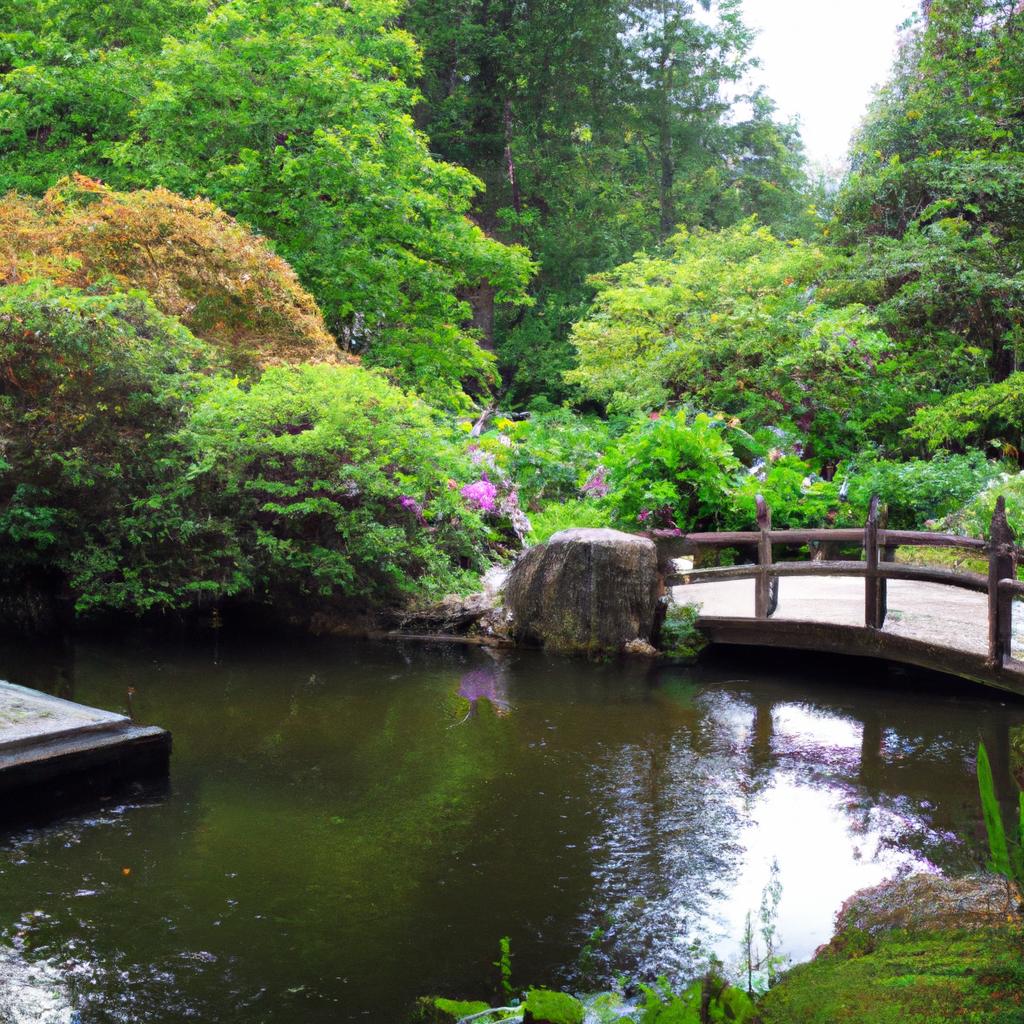
Composition is another critical element in garden photography. Good composition can make your photos visually appealing, drawing the viewer’s eye and creating a sense of balance and harmony. Here are some composition tips to enhance your garden photos:
Rule of Thirds
Divide your frame into thirds vertically and horizontally and place your subject at the intersection of these lines. This creates a more balanced and visually appealing composition.
Leading Lines
Use natural elements like pathways, fences, or tree branches as leading lines to guide the viewer’s eye towards the subject, creating a sense of movement and direction in the photo.
Depth of Field
Control the depth of field to isolate your subject by using a shallow depth of field to blur the background or a deep depth of field to capture more detail in the scene.
Symmetry and Patterns
Look for symmetrical elements or patterns such as rows of flowers or trees to add interest and visual appeal to your garden photos. Capture these elements to create a more visually appealing composition.
Capturing the Beauty of Flowers and Plants
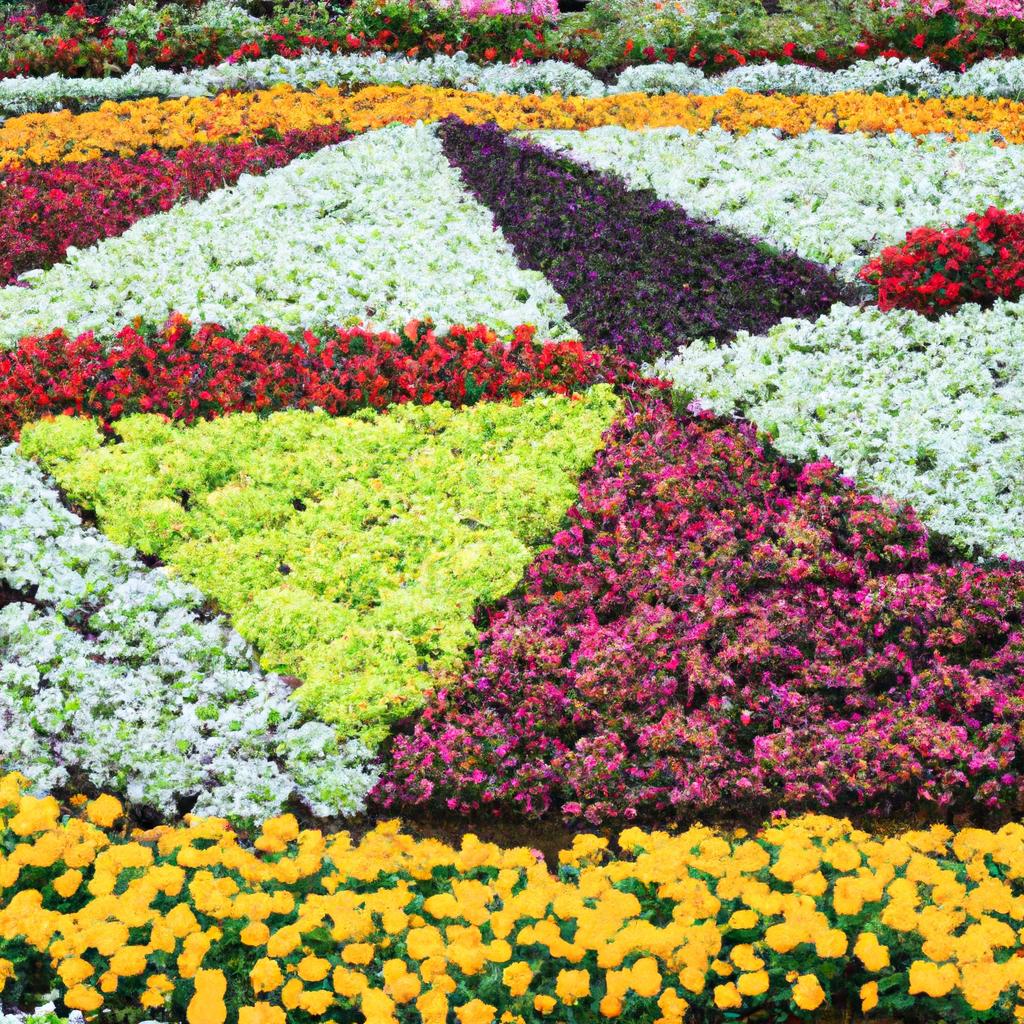
Flowers and plants are the main subjects in garden photography, and capturing their beauty requires understanding composition and lighting. Here are some tips for capturing stunning photos of flowers and plants:
Find the Right Angle
Experiment with different angles, shooting from above or getting down low to highlight the best features of the flower or plant.
Use Shallow Depth of Field
Isolate your subject from the background by using a wide aperture to achieve a shallow depth of field, creating a beautiful bokeh effect.
Pay Attention to Lighting
Shoot during early morning or late afternoon when the light is soft and warm. Avoid harsh midday sun, as it can create bright highlights and harsh shadows.
Focus on the Details
Capture close-up shots of petals, stamens, and other intricate details using a macro lens. Pay attention to patterns and textures of leaves and foliage to add interest and depth to your photos.
Editing and Post-Processing Garden Photos
Editing and post-processing are essential steps to enhance your garden photos and bring out their full potential. Here are some tips for editing and post-processing:
Adjust the Exposure
Use the exposure slider to adjust the brightness and darkness of your photo. Fine-tune the highlights and shadows for better detail.
Enhance the Colors
Use the saturation slider to intensify the colors and adjust the vibrance to bring out the subtler tones, making your photos more vibrant and eye-catching.
Sharpen the Image
Use the sharpening tool to enhance details and make your photos crisper and more defined.
Remove Distractions
Use the clone stamp tool to remove any unwanted elements that may distract from the main subject, such as stray leaves or blades of grass.
Crop and Straighten
Use the crop tool to improve the composition by removing unnecessary elements. Straighten the photo to correct any crooked horizons or lines.
By following these tips and tricks, you can capture stunning images of nature that will leave your friends and followers in awe. With practice and patience, you can elevate your garden photography skills and create breathtaking images that truly showcase the beauty of nature.
